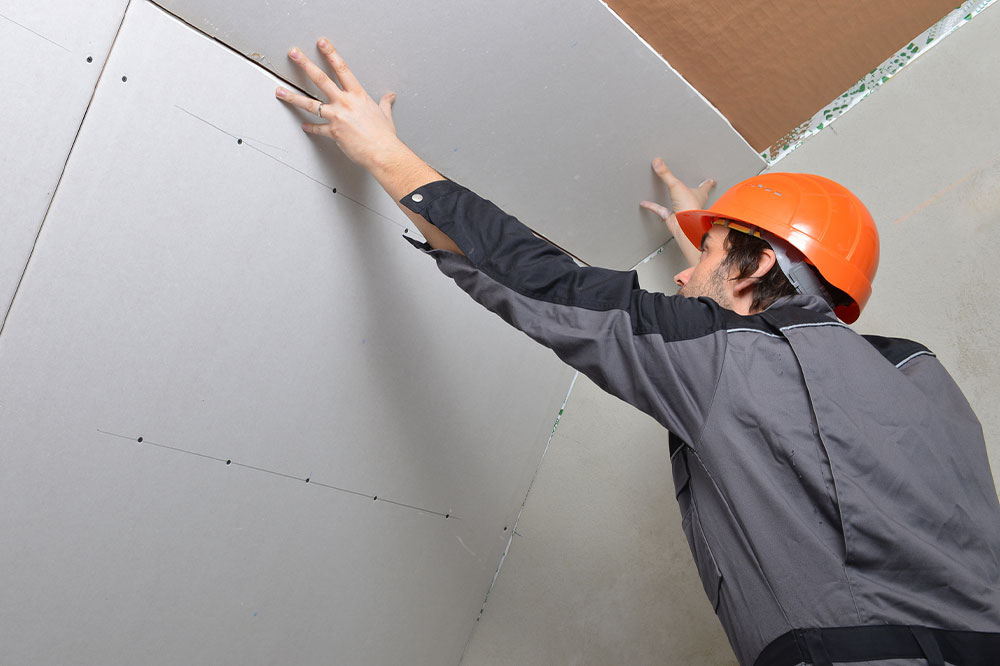Comprehensive Guide to Water Damage Cleanup and Home Repairs
This comprehensive guide offers essential steps for water damage restoration, including identifying causes like storms and leaks, using proper equipment, and executing repairs. It emphasizes timely action, mold removal, structural fixes, and best practices for homeowners to protect their properties from water-related issues. Clear instructions ensure safe and effective recovery, reducing overall damage and restoring home safety and integrity.

Comprehensive Guide to Water Damage Cleanup and Home Repairs
Noticing a swollen ceiling or mold on walls after moving into a new home may signal water intrusion. Acting swiftly is essential to minimize damage. Water-related issues are common and can cause persistent problems if ignored. While some belongings can be restored, others might need disposal, especially if mold develops on damp surfaces. Knowing how to effectively manage water entry is crucial for homeowners. Continue reading for detailed instructions on assessing, reducing, and repairing water damage in residential spaces.
Main Causes of Water Damage at Home
Homeowners should be familiar with six key sources of water damage:
Storm Damage
Severe weather events, especially in areas prone to heavy rain or hurricanes, are leading causes of water damage. It's wise to have insurance policies that cover storm-related harms. Typically, insurance helps pay for storm repairs, though coverage terms vary based on damage severity.
Flooding Events
Floods from melting snow or intense rainfall can flood homes, causing extensive water-related harm. Certain regions are more susceptible, emphasizing the importance of flood preparedness for residents.
Accidental Water Leaks
Sudden leaks from heating systems, pipes, boilers, air conditioners, or sprinklers can cause immediate damage.
Piping and plumbing issues
Heating and cooling units
Water heaters and appliances
Fire sprinkler systems
Sewer System Failures
Sewer overflows can introduce contaminated water into homes and neighborhoods, requiring specialized cleanup.
Gradual Water Damage
Small leaks or drips that go unnoticed may lead to serious damage over time.
Moisture and Mold-Related Damage
Persistent moisture can lead to mold growth, often mistaken for neglect, as insurance may not cover mold caused by delayed action.
Equipment Used in Water Damage Restoration
Essential tools include:
Air movers
Speed up drying of affected areas and improve airflow inside the home.
Dehumidifiers
Remove excess moisture to prevent mold; available in various sizes.
Flood pumps
Efficiently remove standing water during severe flooding.
Steps to Repair Water Damage
Before beginning repairs, disconnect power and water supplies to ensure safety. Follow these procedures for effective restoration:
Dry the Area
Remove standing water with towels, mops, or fans. Use high-capacity dehumidifiers and fans to dry walls, floors, and carpets quickly, minimizing moisture retention.
Inspect and Remove Mold
Mold can develop within 24 hours in damp environments, often hidden behind walls or under carpets. For safety and thoroughness, professional mold remediation is recommended. Isolate affected areas and hire experts if needed.
Dispose of Porous Items
Items like unsealed wood, carpet, or drywall absorb moisture and spores, making cleaning ineffective. Properly discard heavily damaged porous materials, but sun-dry sentimental items if desired.
Sanitize the Space
Apply bleach solutions or specialized cleaners to eliminate bacteria and residual mold.
Address Structural Concerns
Repair swollen ceilings by locating leaks and sealing or replacing damaged sections. Professional assessments help identify underlying issues accurately.
Replace Damaged Wood Components
Check wooden structures for compromise; replace weak parts to maintain stability and prevent mold growth. Proper support installation is essential.
Upgrade Flooring
Install waterproof flooring like ceramic tiles or sealed concrete to prevent future water damage in areas affected by moisture.
Seal Openings and Cracks
Regularly inspect and caulk vulnerable spots to prevent water intrusion.
Finish with Painting and Surface Treatments
Prime and repaint repaired areas to restore their appearance. Polishing furniture can also help eliminate bacteria and give your home a renewed look.
Effective water damage recovery involves quick, organized action. Understanding these steps simplifies the process and minimizes stress.


